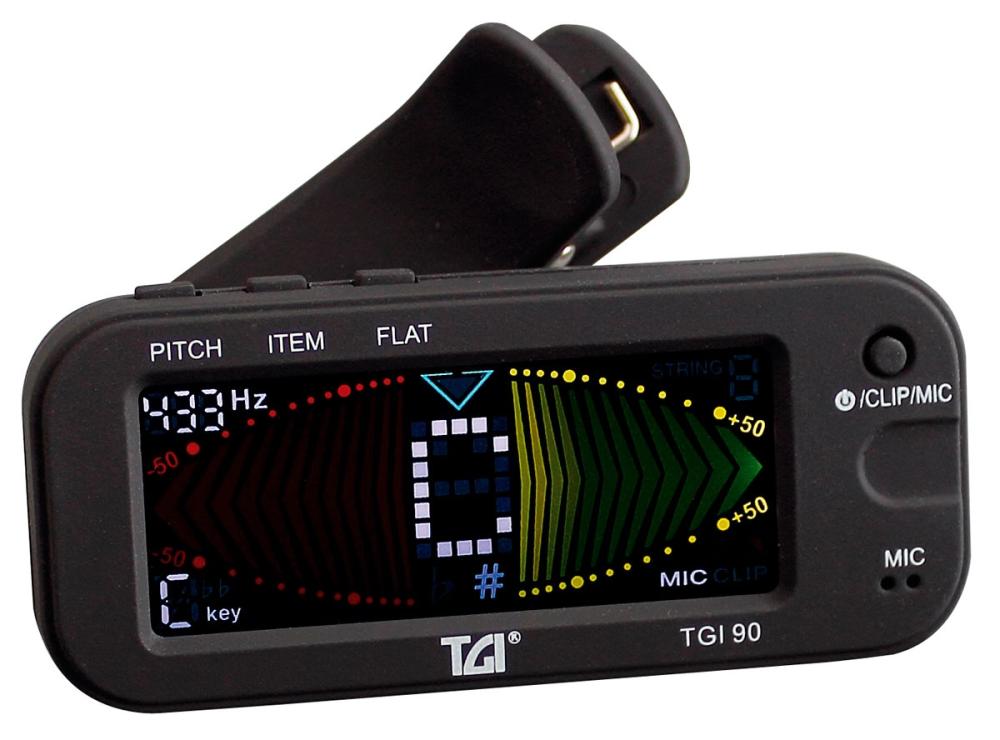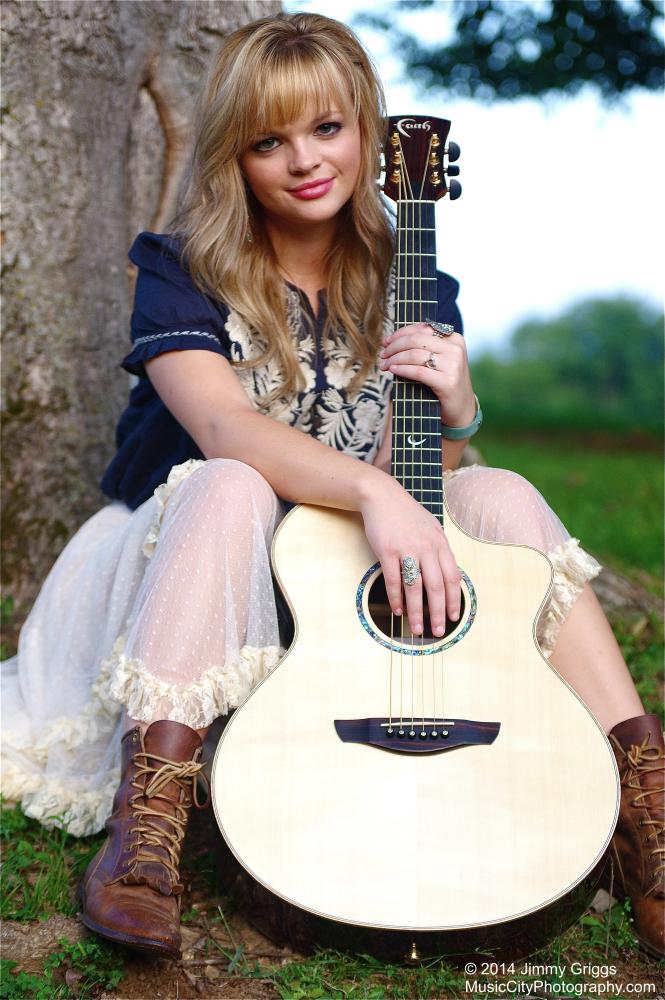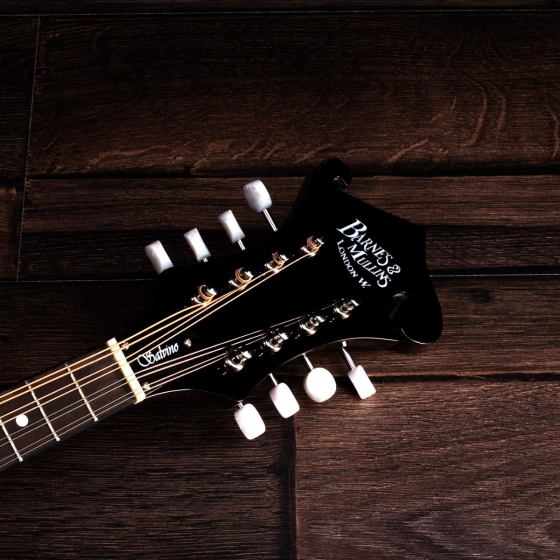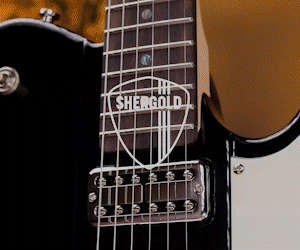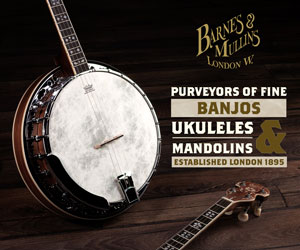10 Alternate Guitar Tunings & How They Inspire Creativity
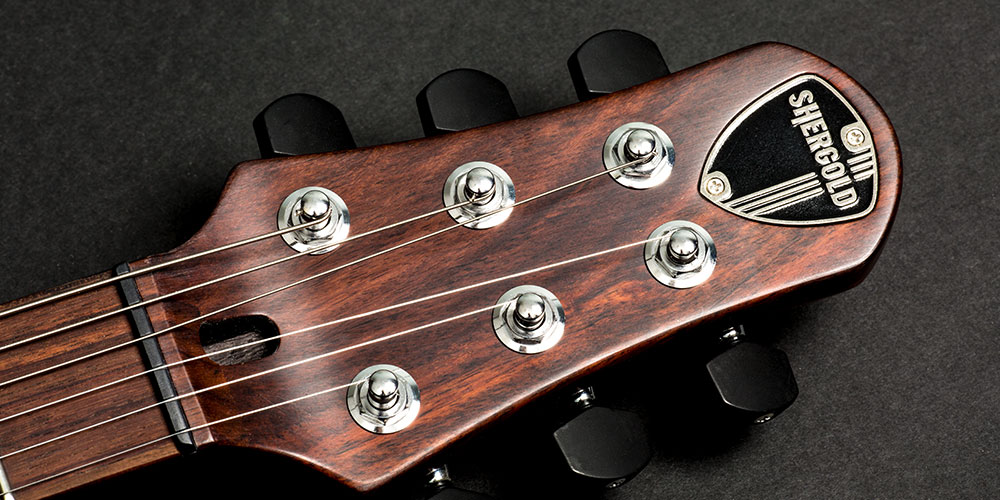
There are many alternate guitar tunings out there and each one has the potential to give you new ideas and songs. If you are a little bored with standard guitar tuning and feel like you are in a rut, trying new sounds can help pull you out!
Here are more than 10 alternate tunings that will help inspire creativity. Grab a guitar tuner and let’s get started!
LEARN YOUR INTERVALS
It is important to know that the distances between your notes will affect the overall sound. Standard guitar tuning starts from the lowest bass note and is EADGBE. Every note interval (E-A, A-D, D-G, and B-E) is a perfect 4th except for the G-B which is a major 3rd. This tuning gives us access to the common guitar chords used in pop, R&B, rock, and jazz, which is why it is so appropriate most of the time.
When we start creating new intervals, the guitar can take on a whole new sound. Some note spaces are major, minor, consonant, dissonant, and knowing how they feel will help when creating music. Once you study these intervals you will no longer have to randomly search for tunings, it will be obvious which vibes to choose. Anytime you learn a new tuning pay close attention to how the notes relate.
LOWER AND DROP YOUR TUNINGS
We can make our vibe heavier by dropping or lowering the tuning, generally it is safer to detune the guitar rather than raising a note. The most common lowered tuning is simply lowering it all by a half step down to Eb-Ab-Db-Gb-Bb-Eb. However this is not too inspiring as it still has the same intervals, just a half step lower.
If we lower it all a whole step down we get D-G-C-F-A-D, which is also very common and was used by everyone like The Beatles, Nirvana, and many metal bands. This tuning is known as standard D and while great, it still doesn’t change our intervals.
DROP D
Next we will start by dropping the top bass string down to D giving us DADGBE. Now if we strum the three low strings it will give us a power chord which uses a 5th and octave interval. These power chords can be the bedrock to punk, metal, grunge, or really any genre where you want a heavy sound. When ran through distortion, a power chord creates overtones that add to the overall texture.
DROP C
Again we can start lowering our tuning in steps, some players even use half step Drop C#/Db but Drop C or CCGFAD is easier and more common. And we can keep dropping to Drop B and further, except going too low will affect our intonation on the guitar strings. If you want to drop further it will require special string gauges, which in some cases may be too heavy for your guitar.
USE OPEN CHORD TUNINGS
Now dropping only makes small changes, if we tune entire new intervals, it is easier to find new sounds. Or if we want to play a song in a specific key, it can help having the open chords set to the root. There are a few different variations with open tunings, so don’t be surprised if you see more than one. These tunings can get a bit complicated, so be sure to check with an online guitar tuner.
OPEN D
This is common in folk, indie, and singer-songwriter genres, Open D or DADF#AD is made up of the root, 3rd, and 5th of the D major chord. If you take this tuning and drop it a half step down to C#-G#-C#-F-G#-C# it will provide a heavier tone used in some 80’s and 90’s rock.
OPEN G
One of the more common open G tunings is DGBBGD and is a staple of rock and blues. If you love classic rock, this tuning is going to be important! And of course it is heavily used by country and folk artists as many of their songs are in the key of G.
OPEN E
You can find an open chord tuning for most major chords, but Open E or EBEG#BE is an important one to mention. It is also essential to blues music, as many are in the key of E. However this tuning requires special care as you are raising some of the strings. Be mindful when tuning that you don’t raise it above what the guitar can take.
MINOR CHORDS
You can also use minor open chords, which use the intervals of the root, minor 3rd, and the 5th. This is also known as cross-note tuning and A minor would be EAEACE. Minor tunings are great for blues and folk or anything where you don’t want the major uplifting sound.
TRY DIFFERENT CHORDS
We can also tune to other chords that are not minor or major and of course the intervals will provide the final sound. If you happen to like the vibe of a chord you play, there is likely a guitar tuning for it! Always double check with a guitar chord chart for help with these alt tuning positions.
C6
The C6 or CACGCE uses the 1st, 3rd, 5th, and 6th which gives us a little instability in the major sound. This is why it is a staple of Hawaiian music, C6 is also the tuning used on ukuleles and lap steels. That waviness in the intervals gives us that relaxed and mellow feeling.
Dsus4
This tuning is also known as DADGAD and is made up of the root, 4th, and 5th. In this case the lack of a third leads to a suspended sound. Led Zeppelin really made this one popular and many bands since have used other sus2 and sus4 tunings for epic like rock and indie.
Em7/C
A slash chord means that a different note is in the bass instead of the root, in this case a C instead of the expected E. Em7/C or CGDGBE not only uses a different bass note but it also adds the flat 7th interval for an extra rocking vibe.
DIFFERENT INTERVAL TUNINGS
In the beginning we mentioned that the standard tuning was in all fourths, except for one interval. It is possible to use a tuning of all fourths which is EADGCF, this allows easier patterns on the fretboard, however it also changes all our chord shapes.
ALL FIFTHS
Violins and mandolins are tuned in all fifths, it makes it a lot easier to navigate double stops and partial chords. There are different forms of this tuning but one common one is CGDAEB, and that will require lighter gauge strings and special care.
NEW STANDARD TUNING
Since all fifths are kind of a hassle, guitarists like Robert Fripp have made slight changes (just like in regular tuning) to make it easier. This tuning of CGDAEG is mostly fifths except for the E-G and it also requires special strings. These styles of tunings are complicated so if you seek a challenge, look no further.
While alternate tunings might not be meant for the beginner guitar player, if you truly want to inspire creativity with alternate guitar tunings, attempt as many as possible. If you are being careful about tension and string gauge, it is ok to experiment. Take the chords you like and find their tunings or reverse the process and use the intervals that the emotion requires. If you study enough tunings you will find they are very helpful when writing new songs, solos, and riffs on the guitar.
-
Content courtesy of Shawn Leonhardt of Guitar Tricks and 30 Day Singer


